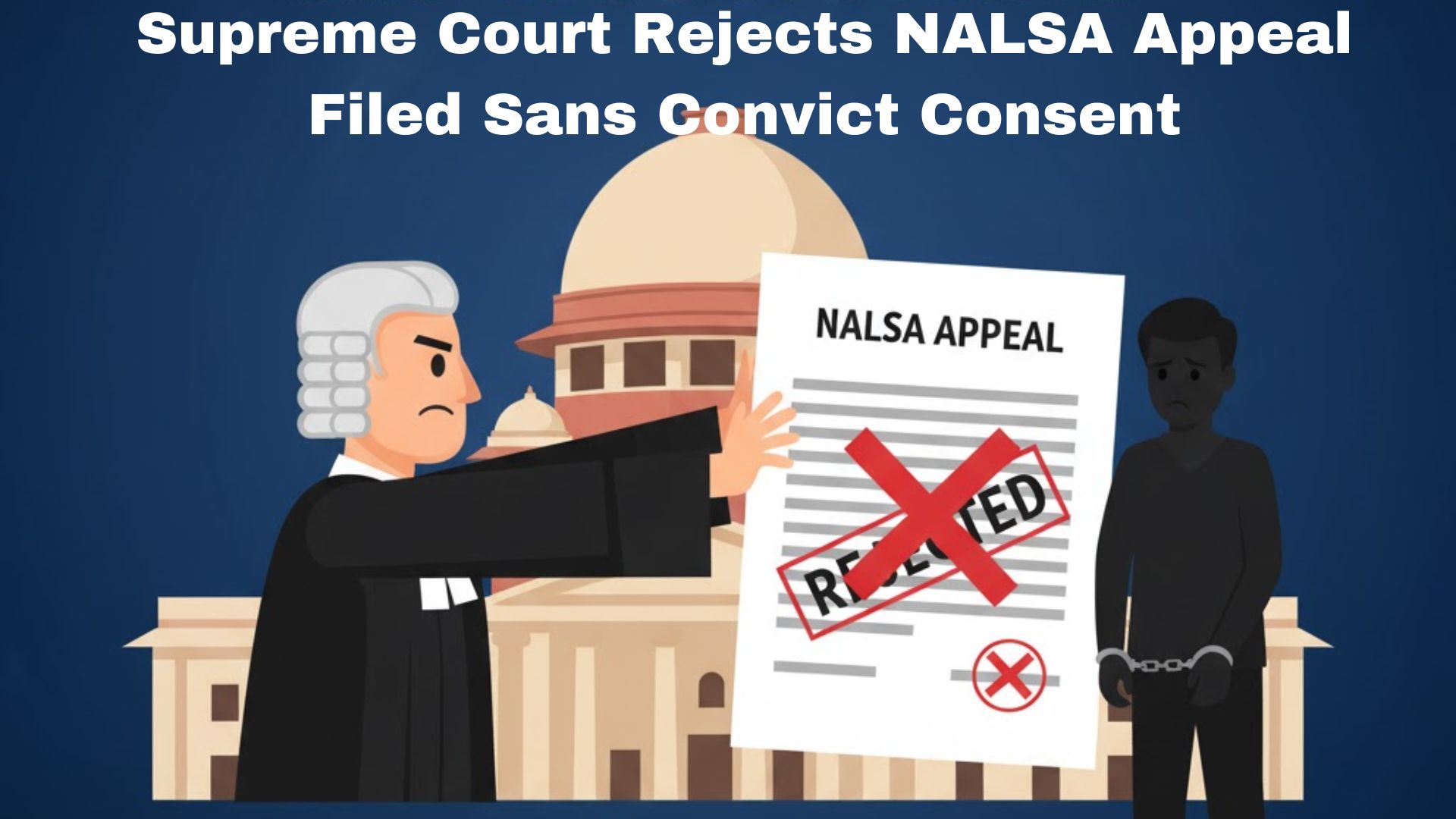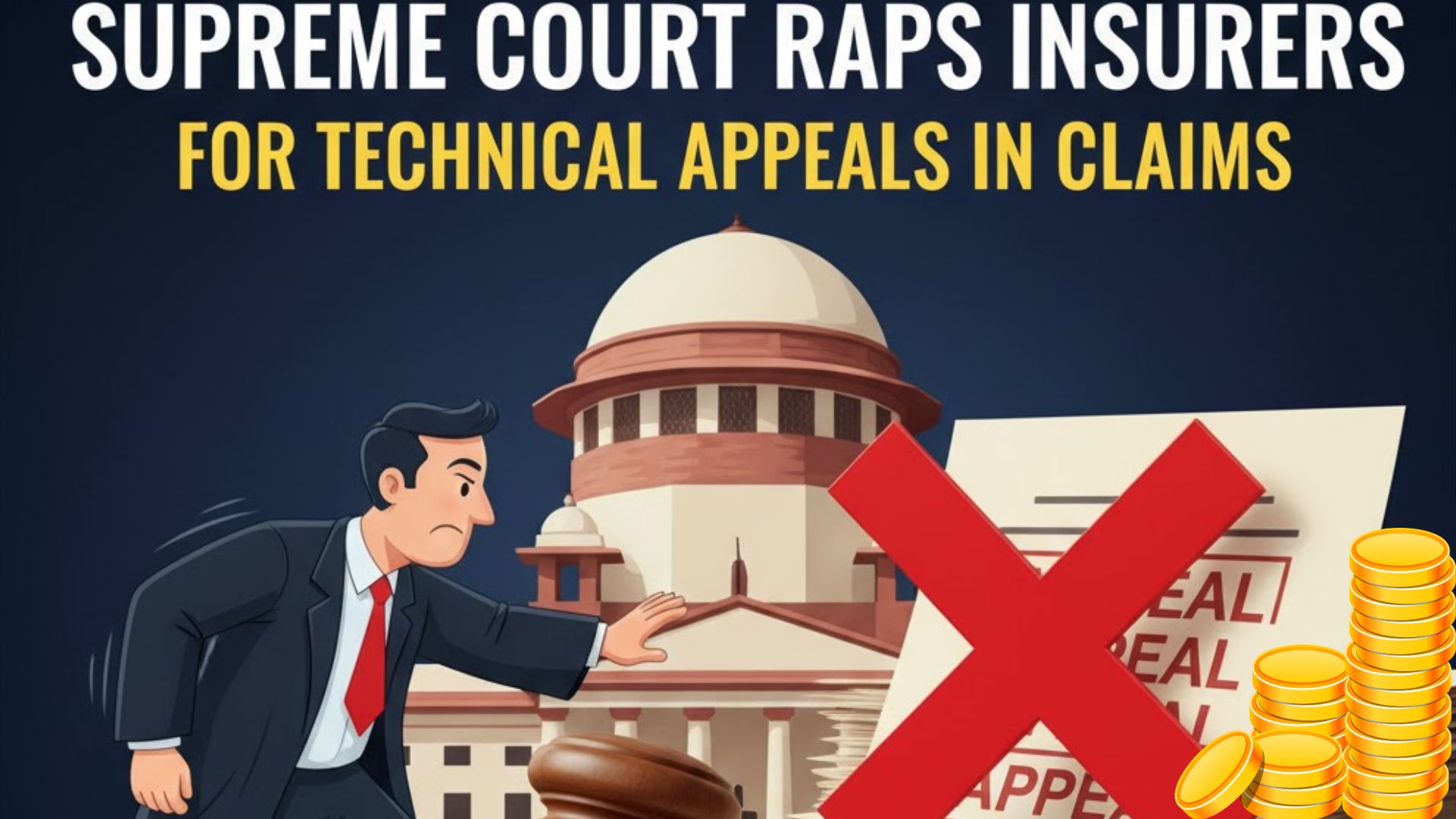Sabyasachi Mukharji, J.@mdashThis application under Article 136 of the Constitution is directed against the judgment and order of the Division
Bench of the High Court of Bombay, Nagpur Bench, dated 7th September, 1987. Before the Division Bench, the landholder-the petitioner herein,
had challenged the dismissal of the writ petition at the stage of admission by the learned Single Judge confirming the order of the learned sub-
Divisional Officer, Amravati, dated 28th February, 1984 and also the order of the Maharashtra Revenue Tribunal, Nagpur, dated 26th December,
1984, declaring very large areas of land to be in excess of the ceiling area permissible to be held by the petitioner.
2. The case of the petitioner is that his family unit, as defined u/s 4 of the Maharashtra Agricultural Land (Ceiling on Holdings) Act, 1961,
hereinafter called ''the Act'', consisted of himself, his wife, two sons and a minor daughter. His further case was that during the period between
26.9.1970 and 2.10.1975, he did not hold any land of his own. His wife Vidyavati was holding during the said period certain land (particulars
whereof are not necessary). His son, who was minor, was also holding during the said period, certain other plots of land. His another son, a minor,
was also holding some more land.
3. Hence it appears that the petitioner''s case was that his family Unit was holding land to the extent of 50 Acres 73 Gunthas, and there was no
surplus land in the holding of his family Unit. The petitioner''s further contention was that his son had leased out to the respondent certain area of
land. Similarly, there were properties leased out to the tenant. It appears that the total land holdings, as per the sub-Divisional Officer, Amravati,
was 54 acres and out of remaining 112.28 acres the petitioner was allowed to retain 54 acres, and the other 58.28 acres of land was declared as
the surplus land. This finding was maintained in appeal by the Maharashtra Revenue Tribunal, Nagpur, and was challenged before the High Court.
The learned Single Judge dismissed the application.
4. It was contended that the said land had been transferred to the various tenants under the Bombay Tenancy and Agricultural Lands (Vidarbha
Region) Act, 1958 (hereinafter called ''the Bombay Act''), in the name of the respective tenants by the order of the Tenancy Tahsildar. The
Bombay Act was an Act to amend the law relating to tenancies of agricultural land and sites used for allied pursuits and it was reiterated in the
Preamble that it was with a view to bringing the status and the rights of the tenants, as far as possible, in line with those prevailing in certain other
parts of the State, and it was expedient in the interest of the general public to regulate the transfer of rights in agricultural land. According to the
petitioner, the order of the tenancy authorities conferring upon tenants the right of statutory purchaser and the Bombay Act had become final and
these were binding on the Ceiling Authorities who had to decide the ceiling proceedings. It was, therefore, submitted that having regard to the
effect of these findings, the Ceiling Authorities, the sub-Divisional Officer as well as the Maharashtra Revenue Tribunal should have excluded the
tenanted lands in possession of the respective tenants from the total holdings of the petitioner. Similar contentions were raised before the sub-
Divisional Officer, and Maharashtra Revenue Tribunal, Nagpur.
5. The petitioner, the tenants Nandkishore Bajaj and Talathi were examined as witnesses. The learned sub-Divisional Officer held that the order
passed by the Tenancy Courts conferring tenancy rights and issuing certificates in favour of the tenants was not justified and clearly illegal. Thus, on
appreciation of evidence, the claim of tenancy was negatived by the sub-Divisional Officer and the Maharashtra Revenue Tribunal. The High Court
held that both the Courts were the Courts of facts and gave their findings. The findings made by these Courts were within their jurisdiction to find,
and to implement the Ceiling Act. According to the Division Bench of the High Court, the learned Single Judge was right.
6. It was submitted before us as well as before the High Court that in view of Sub-section (2) of Section 100 of the Bombay Act, the Tenancy
Tahsildar had exclusive jurisdiction to decide the issue of tenancy. Section 100 of the Bombay Act, so far material for the present purposes,
provides as follows:
100. For the purpose of this Act, the following shall be the duties and functions to be performed by the Tahsildar:
(1) to decide whether a person is an agriculturist;
(2) to decide whether a person is or was at any time in the past, a tenant a protected lessee or an occupancy tenant;
7. Section 124 of the Bombay Act bars the jurisdiction of the Civil Court to deal with any question covered by Section 100. The Section runs as
follows:
124. (1) No Civil Court shall have jurisdiction to settle, decide or deal with any question (including a question whether a person is or was at any
time in the past, a tenant and whether the ownership of any land is transferred to, and vests in, a tenant u/s 46 or Section 49-A or Section 49-B)
which is by or under this Act required to be settled, decided or dealt with by the Tahsildar or Tribunal, a Manager, the Collector or the
(Maharashtra Revenue Tribunal) in appeal or revision or the State Government in exercise of their powers of control.
(2) No order of the Tahsildar, the Tribunal, the Manager, the Collector or the (Maharashtra Revenue Tribunal) or the State Government made
under this Act shall be questioned in any Civil or Criminal Court.
Explanation.-For the purposes of this section, a Civil Court shall include a Mamlatdar''s Court constituted under the Mamlatdars'' Court Act,
1906.
8. It is, therefore, submitted on behalf of the petitioner that determination of the question of tenancy by the Ceiling Authorities, was without
jurisdiction. The High Court held that in the facts of this case it was not. the Ceiling Authority had to determine the land holdings of the petitioner.
Incidentally, where a transfer is made by the landholder creating a tenancy, there whether the transfer was made bona fide or made in anticipation
to defeat the provisions of the Ceiling Act, is a question which falls for determination squarely by the Ceiling Authorities, to give effect to or
implement the Ceiling Act. In that adjudication it was an issue to decide whether tenancy right was acquired by the tenant of the petitioner. But
here before the Ceiling Authorities the adjudication was whether the transfer to the tenant, assuming that such transfer was there, was bona fide or
made in anticipation to defeat the provisions of the Ceiling Act. This latter question can only be gone into in appropriate proceedings by the Ceiling
Authorities. Unless the Acts, with the intention of implementing various socio-economic plans, are read in such complimentary manner, the
operation of the different Acts in the same field would create contradiction and would become impossible. It is, therefore, necessary to take a
constructive attitude in interpreting provisions of these types and determine the main aim of the particular Act in question for adjudication before the
Court.
9. In our opinion, having regard to the Preamble to the Act of the Maharashtra Agricultural Lands (Ceiling on Holdings) Act, 1961, which was
enacted for giving effect to the policy of the State towards securing the principles specified in Clause (b) and (c) of Article 39 of our Constitution;
and in particular, but without prejudice to the generality of the foregoing declaration, to ensure that the ownership and control of the agricultural
resources of the community are so distributed as to best subserve the common good and having regard to the purpose of the Bombay Act, it was
open to the Ceiling Authorities to determine whether there was, in fact, a genuine tenancy.
10. In that view of the matter we are of the opinion that the High Court was right in the approach it made. In the ceiling proceedings it has been
held that the transfer to the tenant was not bona fide and was done in anticipation of the Ceiling Act. We find no ground to interfere with the Order
of the High Court. There is no merit in this application. Hence, it fails and is dismissed.

